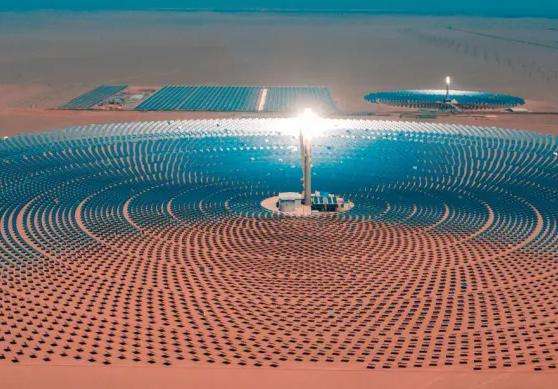80%. The supporting foundation of the photovoltaic power plant project uses spiral piles and cast-in-place steel tube piles, 80% of which are spiral piles. The application of spiral piles can reduce project construction costs and shorten the construction period of photovoltaic power plants. refers to a type of photovoltaic power plant that uses solar energy and adopts a special power generation system composed of materials such as crystalline silicon panels, inverters and other electronic components, power generation system photovoltaic energy connected to the grid and providing energy to the grid.
Why must photovoltaic design helical piles undergo pullout testing
Large. Spiral ground piles are tubular piles or column piles made of metal or non-metallic materials with spiral blades. Among them, the spiral pilehas high torsional strength. The ground pile can penetrate and compact the soil around the pile hole, which improves the lateral friction resistance of the soil around the pile and gives the pile foundation strong bearing capacity and pull-out resistance. , and level. Strength, small deformation and good stability.
What are the photovoltaic piles used in the desert? Spiral ground piles
The most widely used foundation form of ground-mounted photovoltaic power plants is the key factor affecting the stability of photovoltaic supports.
1. The most widely used form of foundation for ground-mounted photovoltaic power plants: the ground has a complex layered structure, the parameters of each layer are different, and each layer is not evenly distributed. piles The theoretical calculation formula can only calculate approximate values for initial budgeting. In order to test more preciselynt the bearing capacity of the helical piles, pullout tests are carried out.
2. Key factors affecting the stability of PV supports: In order to evaluate the tensile properties of cast-in-place PV support piles, a pullout test should be performed on the cast PV support. -place stakes.
Desert photovoltaic piles are high-strength desert composite photovoltaic piles developed for deserts, beaches, saline and alkaline lands and geological environments where groundwater seepage has tendency to collapse. strength and long service life., easy construction, completely solves the defects of traditional spiral steel photovoltaic installations which are easy to corrode, and the construction of cast-in-place concrete piles is difficult and expensive. It effectively improves the quality of the photovoltaic system. support systemrt.














